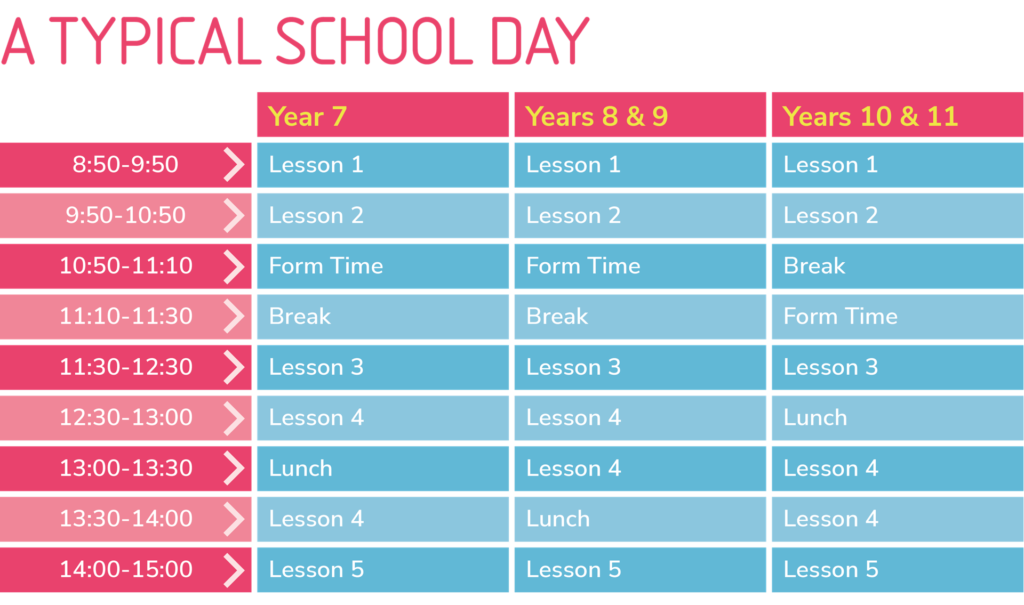Navigating through the academic year can be challenging for parents, students, and educators alike. One of the most common questions asked is, “How many weeks are there in a school year?” When planning for the academic year, it’s crucial for students, teachers, and parents to understand the structure of the school calendar. One of the fundamental questions that arises is: how many weeks are there in a school year? This article delves into this topic, providing a comprehensive overview of the school year duration across different regions and educational systems.
The number of weeks in a school year can vary significantly depending on the country, the specific educational system, and the school’s calendar. However, in general, a typical school year in many countries ranges from 36 to 40 weeks. This estimation is based on a standard academic calendar, which usually includes holidays, breaks, and teacher in-service days. It’s important to note that this can differ by region and type of school. For instance, year-round schools may have a different schedule with shorter, more frequent breaks throughout the year.
Understanding the School Year

Global Variations
The length of a school year can vary significantly from one country to another. For instance:
- United States: Typically, the school year consists of about 36 weeks, running from late August or early September to May or June.
- United Kingdom: Schools operate for about 39 weeks, divided into three terms.
- Australia: The academic year is divided into four terms, totaling approximately 40 weeks.
- Japan: In Japan, the academic year starts in April and runs through March, spanning about 40 weeks, with breaks interspersed throughout.
Factors Influencing the School Year
Several factors influence the duration of the school year:
- Educational Policies: Government regulations often dictate the minimum number of school days or weeks.
- Cultural Practices: Holidays and cultural events can impact the academic calendar.
- Geographical Location: Seasonal changes and weather conditions can lead to variations in school schedules.
The Typical School Week

In addition to yearly considerations, the structure of a typical school week is also important. Most schools operate five days a week, Monday through Friday, with weekends off. However, some schools might adopt a four-day school week for various reasons, such as budget constraints or educational experiments.
The Impact of Holidays and Breaks
School years are punctuated by holidays and breaks, which can include:
- Winter Break: Often a 2-week period in December-January.
- Spring Break: A week-long break typically in March or April.
- Summer Vacation: The longest break, usually lasting about 8 to 10 weeks.
These breaks contribute to the overall length of the school year but are not counted as part of the instructional weeks.
Special Cases: Online and Homeschooling

With the rise of online and homeschooling, the structure of the academic year can be more flexible. Homeschooling, in particular, allows for a customizable schedule, which may not adhere to the typical 36-40 week format.
FAQs
- Does a longer school year lead to better academic performance? While some studies suggest this, it’s also important to consider the quality of education and the balance with rest and extracurricular activities.
- Are there countries with significantly shorter or longer school years? Yes, countries vary widely in their school year lengths based on a variety of socio-cultural and educational factors.
- How do seasonal breaks impact the learning process? Seasonal breaks offer students a chance to rest and engage in non-academic activities, which can be beneficial for their overall development.
- Can schools in the same country have different lengths of the academic year? Yes, especially in large countries like the United States, local policies and school district decisions can lead to variations.
- Is there a global standard for the number of weeks in a school year? No, there is no global standard; the length of the school year varies significantly from one country to another.
Conclusion
The school year’s length varies globally, influenced by educational policies, cultural practices, and geographical factors. Understanding these variations is essential for effective educational planning and ensuring that students receive the required amount of instructional time. The flexibility offered by online and homeschooling further diversifies the concept of a school year, catering to different needs and preferences.






